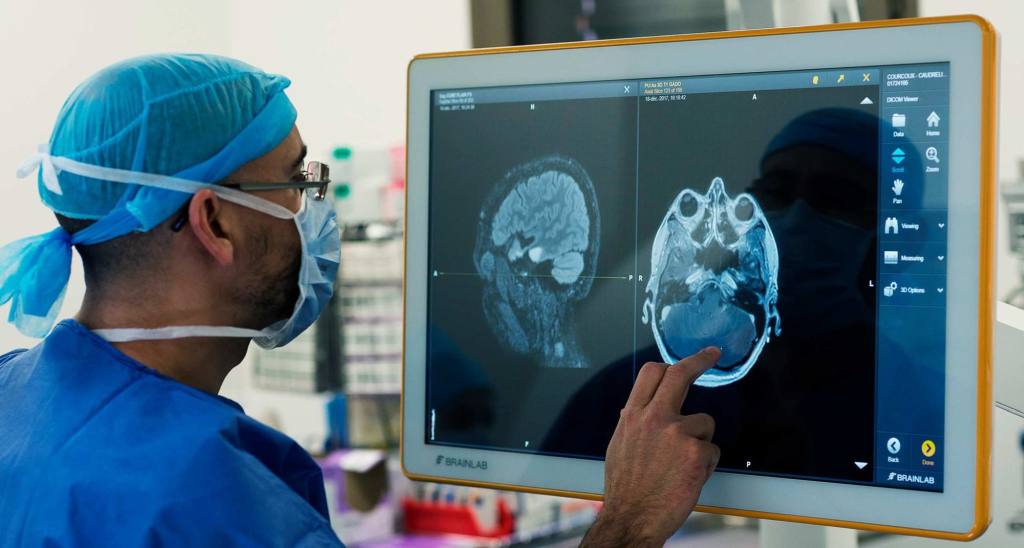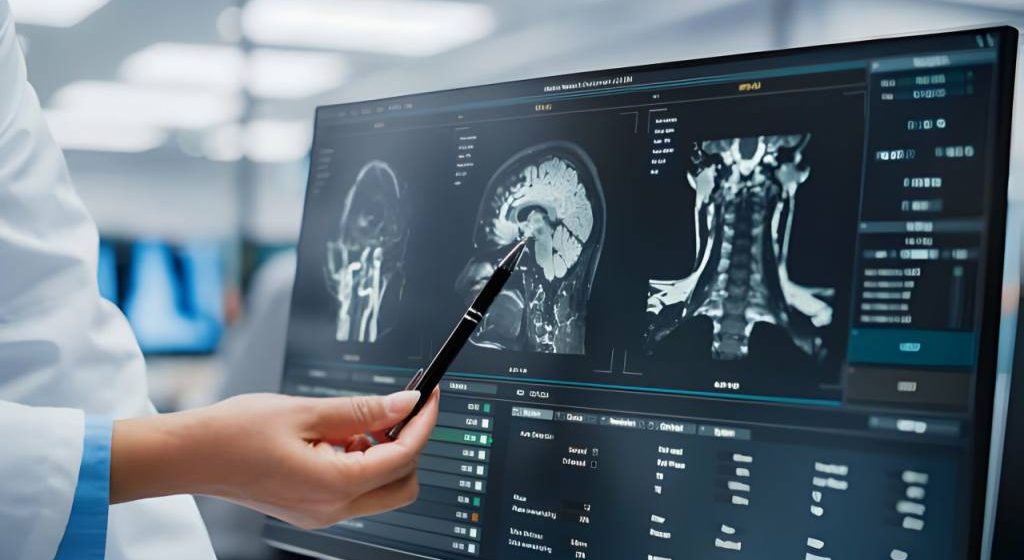Imagine a world where medical imaging is enhanced by cutting-edge technology, making diagnoses faster and more accurate than ever before. This is not a distant dream but a fast-approaching reality thanks to the intersection of radiology and artificial intelligence (AI). For medical students, healthcare IT professionals, and patients, understanding this evolution is crucial. In this blog post, we will explore how AI is transforming radiology, what the future holds, and the benefits and challenges it brings.
The Current Landscape: How AI is Transforming Radiology Practices
Artificial intelligence is already making waves in radiology practices worldwide. AI algorithms are being developed to interpret medical images, improving both speed and accuracy. For example, AI can detect anomalies in X-rays, MRIs, and CT scans that might be missed by the human eye. This technology not only aids in early detection of diseases but also reduces the workload on radiologists.
Additionally, AI-powered software can analyze vast amounts of data much faster than traditional methods. This means that radiologists can now focus more on patient care rather than spending hours analyzing images. AI is also being used to streamline administrative tasks, making the overall workflow more efficient.
The Future Outlook: Predictions and Trends in Radiology and AI
Looking ahead, the integration of AI into radiology is expected to grow exponentially. Predictive analytics will become more sophisticated, allowing for personalized treatment plans based on individual patient data. Additionally, AI will likely play a significant role in advancing precision medicine, offering highly targeted therapies based on genetic information.
Another exciting trend is the development of AI-powered decision support systems. These systems will assist radiologists in making more informed decisions, ultimately leading to better patient outcomes. Virtual reality (VR) and augmented reality (AR) may also become part of the radiologist’s toolkit, offering new ways to visualize and interact with medical images.
Impact on Medical Education and Training
The advent of AI in radiology is revolutionizing medical education and training. Future radiologists will need to be proficient not only in interpreting medical images but also in understanding and utilizing AI technologies. Medical schools are beginning to incorporate AI training into their curricula, preparing students for a tech-driven future.
Simulation-based learning is another area where AI is making an impact. AI-driven simulators can create realistic scenarios, allowing students to practice and hone their skills in a safe environment. This hands-on experience is invaluable in preparing the next generation of radiologists.

Benefits and Challenges in Healthcare Delivery
The benefits of AI in radiology are numerous, but so are the challenges. On the plus side, AI can improve diagnostic accuracy, reduce human error, and streamline workflows. This leads to faster diagnoses and treatments, ultimately improving patient outcomes. AI can also help in managing large volumes of data, making it easier for healthcare providers to access and interpret patient information.
However, integrating AI into radiology practices is not without its challenges. One major concern is the ethical implications of AI in healthcare. Issues such as data privacy, algorithmic bias, and the potential for job displacement need to be carefully addressed. Additionally, there is a need for standardized regulations and guidelines to ensure the safe and effective use of AI in radiology.
Perspectives from Medical Students, Residents, Healthcare IT Professionals, and Patients
Understanding the future of radiology and AI from various perspectives is essential. Medical students and residents are excited about the potential of AI to enhance their training and improve patient care. They see AI as a tool that can augment their skills, allowing them to focus more on critical thinking and patient interaction.
Healthcare IT professionals are at the forefront of this transformation, developing and implementing AI technologies in medical settings. They recognize the potential of AI to revolutionize radiology but also stress the importance of addressing technical and ethical challenges.
Patients, too, stand to benefit significantly from AI in radiology. Faster and more accurate diagnoses mean quicker treatment and better outcomes. However, patients also express concerns about data privacy and the potential loss of the human touch in medical care.
Conclusion: The Ongoing Evolution and Opportunities in Radiology and AI
The future of radiology and artificial intelligence is bright, with endless possibilities for improving healthcare delivery. The integration of AI in radiology is not just a trend but a fundamental shift that will shape the future of medical imaging. While there are challenges to overcome, the benefits far outweigh the risks.
For medical students, healthcare IT professionals, and patients, understanding this evolution is crucial. By staying informed and adapting to these changes, we can ensure that AI in radiology leads to better patient care and outcomes.
Call to Action: Further Reading
For those interested in exploring this topic further, there are numerous resources available. Academic journals, online courses, and industry reports offer in-depth insights into the intersection of radiology and artificial intelligence. Engage with professional organizations and attend conferences to stay updated on the latest advancements and trends in this exciting field.


Leave a Reply